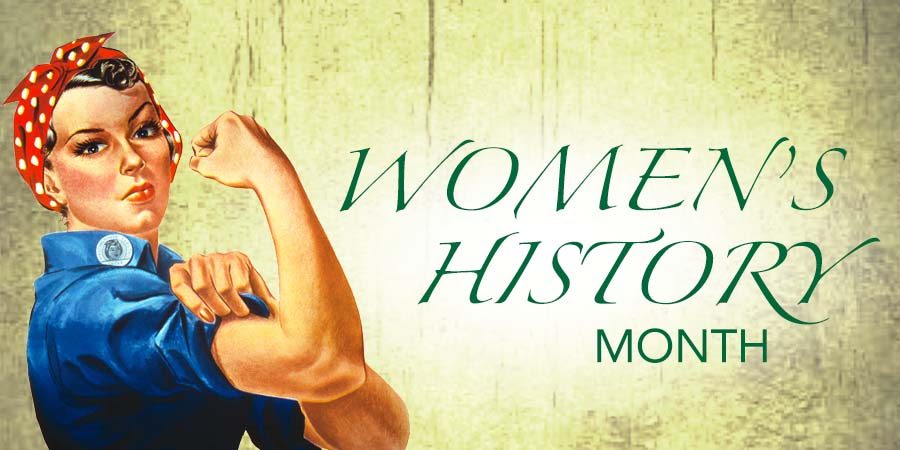The Background of Women’s History Month
Women’s History
May 20, 2019
During the month of March, historic women such as Marie Curie, Amelia Earhart, and Alice Paul are celebrated for their influences in women’s empowerment over the last century. These women and many others have made significant contributions and achievements to modern society. “Women’s History Month” encourages today’s women to continue to do the same, while striving to inspire others along the way.
The origins of this celebration trace back to 1909 when “National Women’s Day” was first observed in the U.S. on February 28th. The purpose of this day was to honor the 1908 garment workers’ strike in New York, where women protested against poor working conditions in factories. In 1910, the Socialist International established “Women’s Day” to honor the movement for women’s rights and suffrage around the world. However, no fixed date was selected for this day until 1914. In this year, Russian women created “International Women’s Day” as a mechanism of protesting for peace in WWI. This began a European tradition for women to hold rallies and protest every year on March 8th for the next few decades. Finally, in 1975 (International Women’s Year), their tradition reached the United States, and March 8th was permanently established as “International Women’s Day”!
But, the journey does not end there. As women around the world continued to empower and fight for each other, the U.S. Congress proclaimed the week of March 7th, 1982 as “Women’s History Week”. This week was celebrated for the next five years. Then in 1987, the National Women’s History Project petitioned for Congress to designate the entire month of March as “Women’s History Month”. To this day, the month of March is a not only a time to reflect back on the accomplishments of women throughout history, but also a time to look forward towards the possibilities for women in the future.


